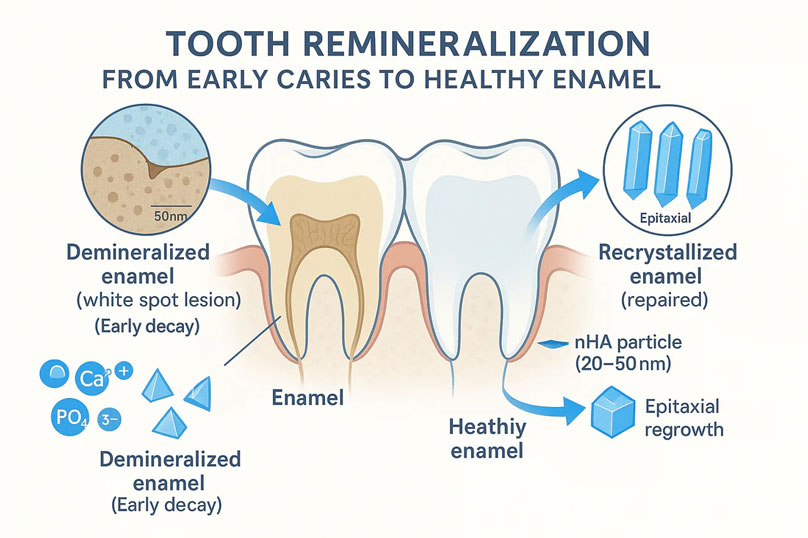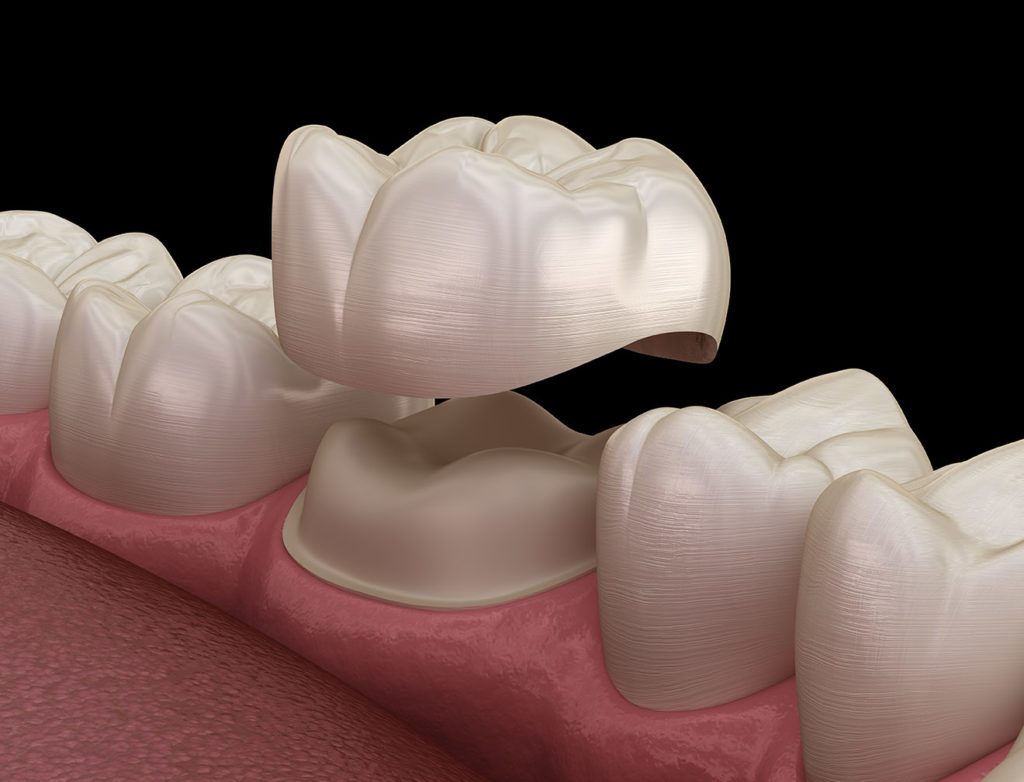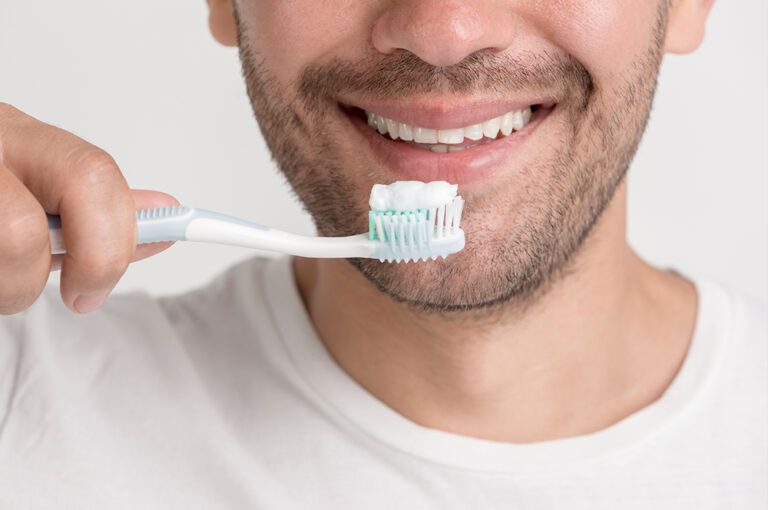We’ve all heard the bad news from the dentist’s chair: “You have a cavity.” That diagnosis usually leads to a discussion about fillings. But what if you could stop a cavity in its tracks before it needs a drill? You may have heard about “reversing” cavities, which sounds almost too good to be true. The concept is rooted in a natural process called remineralization.
So, can you really heal a tooth once decay has started? The answer is yes, but only in the very earliest stages. Understanding how this process works is key to protecting your smile and preventing future problems. This guide will break down the science of remineralization and give you practical steps to keep your teeth strong.

The Constant Battle: Demineralization vs. Remineralization
Your teeth are in a constant state of flux. Two competing processes are always at work: demineralization and remineralization.
Demineralization is the process where your tooth enamel, the hard outer layer of your teeth, loses essential minerals like calcium and phosphate. This happens when bacteria in your mouth feed on sugars and starches, producing acids. These acids attack your enamel, dissolving its mineral content and creating weak spots. This is the first step toward a cavity.
Remineralization is the opposite. It’s your body’s natural repair process. Your saliva is rich in calcium and phosphate, which it deposits back onto your enamel. This helps rebuild and strengthen the areas weakened by acid attacks. Fluoride, a mineral found in toothpaste and some water sources, dramatically boosts this process by making the enamel more resistant to acid.
A cavity forms when the rate of demineralization outpaces the rate of remineralization over time.
Can a Cavity Be Reversed?
Yes, but there’s a critical catch. Remineralization can only reverse a cavity in its initial stage, often called a “pre-cavity” or incipient lesion. At this point, the decay has only affected the outer layer of enamel and has not yet broken through to create a physical hole, or cavity. These early weak spots might appear as small white spots on the teeth.
Once the decay progresses and creates a hole in the enamel, the damage is structural. At this stage, the tooth cannot regrow the lost structure. The cavity will continue to grow and will require a filling to restore the tooth’s shape and function and to prevent the decay from reaching the sensitive inner pulp.
Think of it like a crack in a wall. If it’s just a hairline crack in the paint, you can easily paint over it. But if the crack goes deep into the plaster and drywall, you need to fill it before repainting. Remineralization can “repaint” the surface, but it can’t fill a hole.
How to Boost Remineralization and Prevent Cavities
Since you can only reverse decay at the very beginning, your best strategy is to promote remineralization and prevent demineralization from winning the battle. Here are the most effective ways to do it.
1. Master Your Oral Hygiene
Excellent brushing and flossing are non-negotiable.
- Brush twice daily for two minutes with a fluoride toothpaste. Fluoride is the superstar of remineralization.
- Floss once a day to clear away plaque and food from between your teeth, where your brush can’t reach.
- Use a soft-bristled toothbrush and gentle pressure to avoid wearing down your enamel.
2. Limit Sugar and Acidic Foods
The bacteria that cause decay thrive on sugar. By cutting back on sugary snacks, sodas, and juices, you starve the harmful bacteria. Acidic foods and drinks (like citrus fruits, sports drinks, and coffee) also directly erode enamel. When you do have them, drink water afterward to help neutralize the acid.
3. Increase Your Saliva Flow
Saliva is your body’s best defense against cavities. It washes away food particles and neutralizes acids. Stay hydrated by drinking plenty of water throughout the day. Chewing sugar-free gum, especially gum with xylitol, can also stimulate saliva production after meals.
4. Eat a Tooth-Friendly Diet
Incorporate foods rich in calcium and phosphates into your diet. Dairy products like cheese, milk, and yogurt are excellent sources. Leafy greens and lean proteins also support strong enamel.
Professional Care is Your Best Ally
While at-home habits are crucial, they can’t replace professional dental care. Your dentist and hygienist can spot the earliest signs of demineralization long before you can. They can also provide treatments to help strengthen your enamel.
Professional cleanings remove tartar, the hardened plaque that you can’t get rid of at home. Your dentist might also recommend fluoride treatments to give your teeth an extra layer of protection. Don’t wait until you feel pain or see a visible hole. Prevention is always the best approach.
If you’re concerned about your oral health or want to ensure your remineralization efforts are on track, it’s time for a professional opinion. The expert team at Dyer Dental Care in Northeast El Paso is here to help. We provide thorough check-ups and cleanings to catch problems early and keep your smile healthy. Call us today to schedule your next visit and take control of your dental health.
Give Us A Call!
Have Question?
Contact Us!
You can contact us via phone, email, or by filling out the form below and a member of our team will be happy to assist you.
Email Us
smile@dyerdentalcareep.com
Call or Text Us
(915) 320-9733
Fax: (915) 503-1804
Location
3932 Fort Blvd
El Paso, TX 79930







